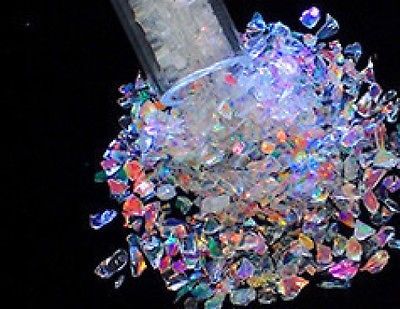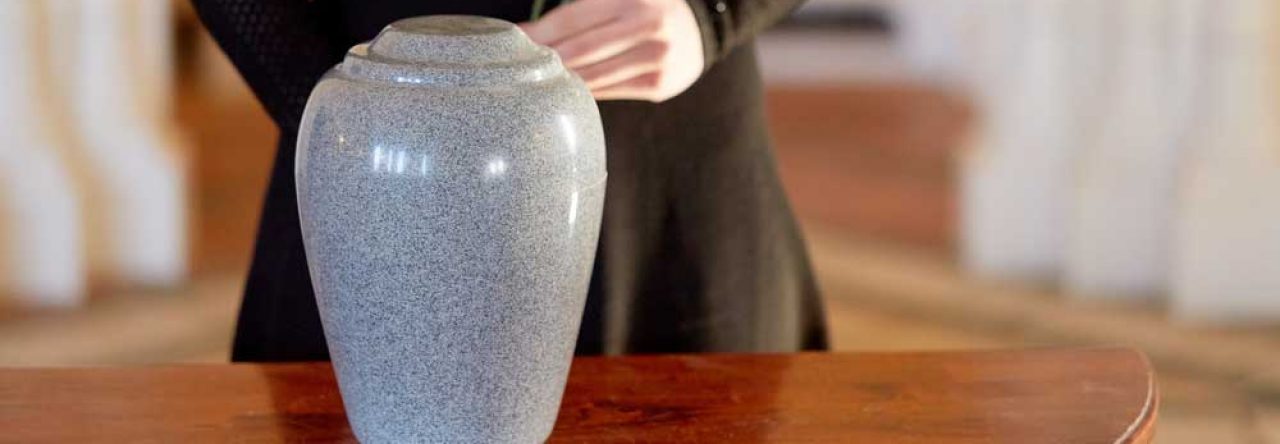The first thing to remember when melting dichroic glass is that like the glass used to melt glass, it must be compatible. Normal glass or float glass are usually not suitable and should therefore be avoided.
Take a look at some of the glass suppliers and check out their various models. Next to the description you'll notice that each piece of glass has a COE number, usually 104 or 90. You have to match glass to glass with the same COE and not cross it. Mixing COE will cause damage as the glass expands and contracts during the cooking process. You can also check for the best CBS dichroic through the web.

Image Source: Google
COE96 CBS Dichroic Patterned Glass or Coefficient of Expansion is simply a measure of the degree of expansion that glass undergoes when heated.
Dichroic glass can be transparent or black. On top of the black can be used as a base. It is best to use more of the clear on a darker base as the coating can become almost invisible in sunlight.
When using more than one layer of dichroic glass, you must remember that the closed sides should not touch. Remember that the coating is a metal oxide. The presence of two of them that are directly connected makes the glass unable to blend properly, resulting in a distorted pattern of broken glass.
This glass can be used as an inner layer or as an uncoated topcoat. If left exposed, the coating provides a metallic finish and is quite scratch resistant. Unbaked coatings should be handled with care as prolonged exposure to water can damage the coating and are very sensitive to scratches.
